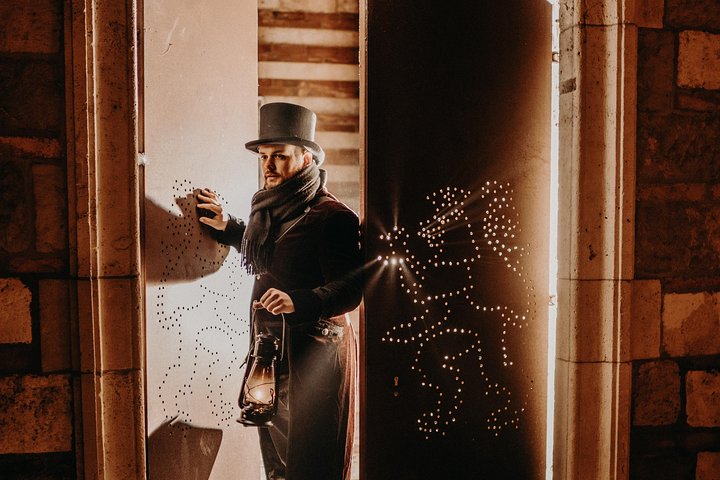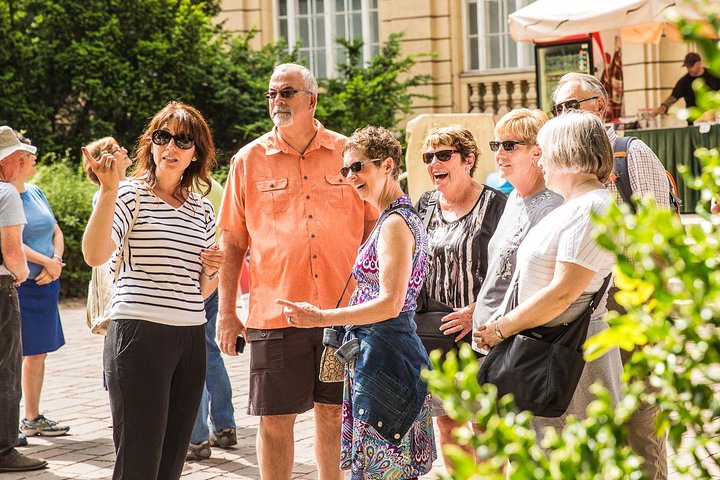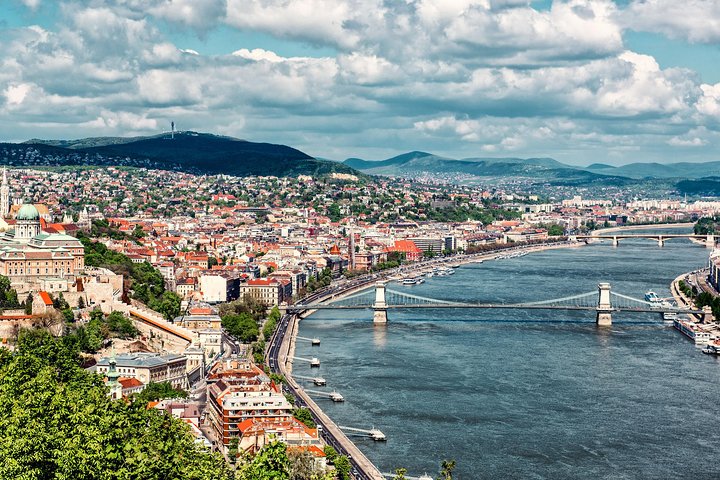Exploring Budapest’s Hidden History: A Journey Through Time
In search of deeper understanding, I embarked on a journey through Budapest’s hidden history, exploring the city’s socialist past and uncovering stories of resilience and adaptation. Join me as I reflect on this transformative experience.
Unveiling Budapest’s Hidden Layers
As I embarked on the Communist Budapest Tour, I found myself drawn into a narrative that was both foreign and familiar. The city, with its grand Neo-Baroque facades, had always seemed to me like a well-rehearsed play, each building a character in a story of elegance and history. Yet, beneath this polished exterior lay another tale, one of resilience and adaptation, woven through the fabric of Budapest’s socialist past.
Our guide, Tamas, was not just a storyteller but a living testament to the era we were about to explore. His childhood memories of the socialist period, shared with a gentle nostalgia, painted a vivid picture of life under a regime that sought to reshape society. As we moved through the city, Tamas’s anecdotes about the East German Trabant car and his time as a Pioneer added a personal touch to the architectural and historical insights he provided.
The tour began at Szabadság Square, where the juxtaposition of memorials told a story of liberation and occupation. Here, the weight of history was palpable, and I felt a deep connection to the struggles and triumphs of those who had walked these streets before me. This was not just a tour of buildings and monuments; it was a journey through time, revealing the layers of Budapest’s complex identity.
A Tapestry of Stories
As we ventured beyond the city center, the tour took on a new dimension. The socialist-era public buildings and apartment blocks in the suburbs were not just relics of a bygone era; they were living, breathing parts of the city’s narrative. Walking through these spaces, I could almost hear the echoes of the past, the whispers of lives lived under the watchful eye of a regime that sought to control every aspect of existence.
The Csepel Iron and Metal Works, a symbol of Soviet-style industrialization, stood as a testament to the era’s ambitions and its ultimate failures. Here, Tamas shared stories of the workers who had played a crucial role in the 1956 Hungarian Revolution, their courage and determination etched into the very walls of the factory. It was a powerful reminder of the human spirit’s resilience in the face of oppression.
At Memento Park, the open-air museum preserving Budapest’s communist statues, I found myself reflecting on the nature of memory and history. The colossal relics, once symbols of power and control, now stood as reminders of a past that could not be erased. As I wandered among the statues, I felt a sense of awe at the complexity of Hungary’s journey from dictatorship to democracy, a journey that was still unfolding.
Reflections on a Complex Past
The tour concluded with a visit to the Budapest Retro Interactive Museum, where the past came alive through interactive exhibits and personal stories. Here, I was able to step into the shoes of those who had lived through the communist era, experiencing firsthand the challenges and triumphs of a society in transition. It was a fitting end to a day of exploration and reflection, a reminder that history is not just a series of events but a tapestry of human experiences.
As I left the museum, I felt a renewed sense of connection to Budapest and its people. The Communist Budapest Tour had not only deepened my understanding of the city’s history but had also offered me a glimpse into the resilience and adaptability of the human spirit. In a world that is constantly changing, it is these stories of survival and transformation that continue to inspire and guide us on our own journeys of self-discovery.





















































